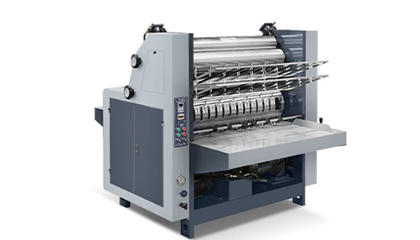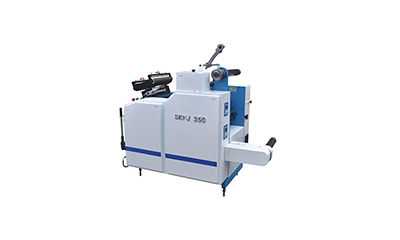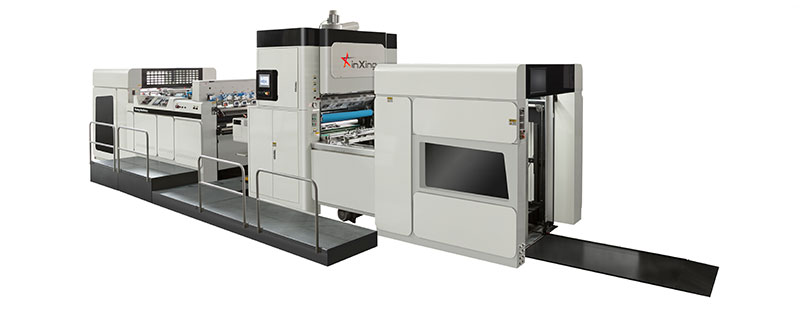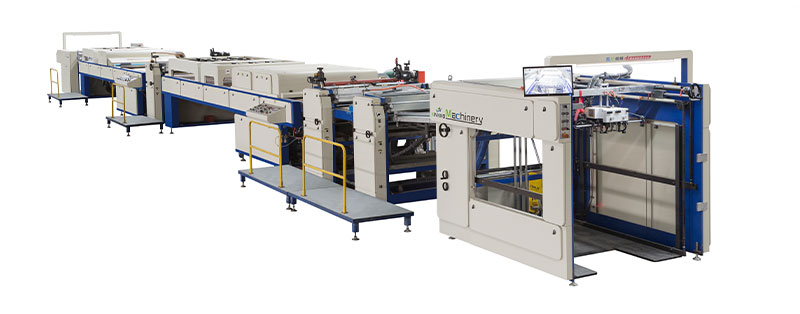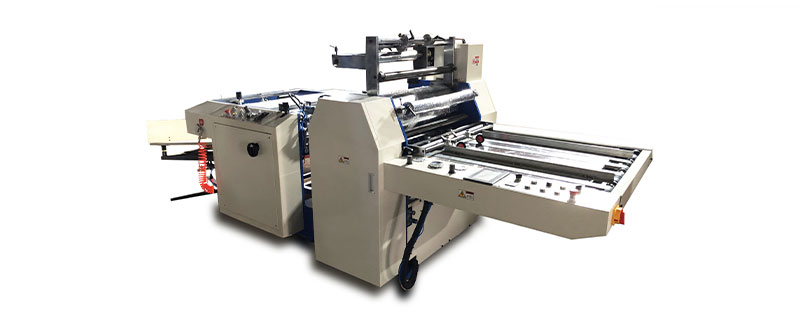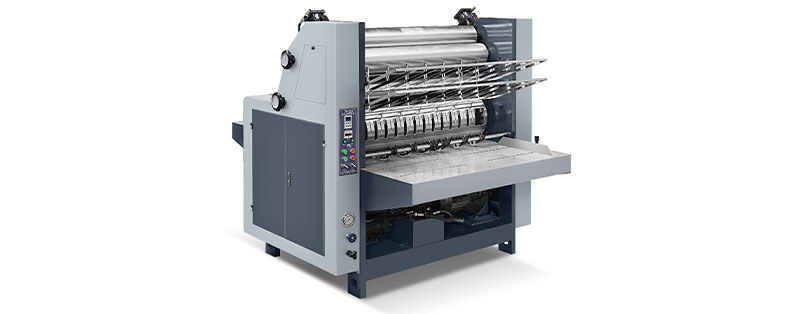A roll laminating machine is a vital investment for print shops, sign makers, schools, and many businesses. Like any precision equipment, consistent and thorough maintenance is key to ensuring smooth operation, high-quality results, and extending its lifespan. Neglecting maintenance leads to jams, poor adhesion, wrinkles, scratches on your laminates, costly downtime, and premature wear. Follow this comprehensive guide to keep your machine running flawlessly.
1. Cleaning: The Foundation of Good Maintenance
Rollers (Pressure & Guide):
Daily/After Each Use: Wipe down rollers with a soft, lint-free cloth slightly dampened with isopropyl alcohol (IPA - 90%+ recommended) or a manufacturer-approved roller cleaner. Remove adhesive residue, dust, and laminate particles immediately. Never use abrasive pads or harsh solvents like acetone.
Weekly/As Needed: For stubborn buildup, use a specialized roller cleaning stick or pad according to the manufacturer's instructions. Rotate rollers while cleaning.
Exterior: Wipe down the machine casing, control panel, feed tables, and exit trays with a clean, dry or slightly damp cloth. Remove dust, fingerprints, and adhesive overspray. Avoid spraying liquids directly onto the machine; spray onto the cloth first.
Heating Elements: Ensure the machine is completely cooled down and powered off. Gently wipe the heating roller surface with a soft cloth dampened only with water or very mild soap solution (if manufacturer allows). Never use solvents directly on hot rollers. Remove any melted film residue carefully. Ensure vents near heaters are dust-free.
2. Inspections: Catch Problems Early
Perform visual and functional checks regularly:
Electrical System:
Check power cords and plugs for damage or fraying.
Inspect plugs and sockets for secure connections.
Look for any signs of overheating around connections or the control box.
Ensure emergency stop buttons function correctly.
Mechanical Parts:
Examine rollers for nicks, dents, flat spots, or uneven wear. Damaged rollers ruin laminates.
Check belts and chains (if visible) for tension, wear, cracks, or misalignment.
Inspect gears for chipped teeth or excessive wear.
Listen for unusual noises (grinding, squealing, knocking) during operation.
Ensure all guards and covers are secure.
Hydraulic System:
Visually inspect hydraulic lines and fittings for leaks, cracks, or bulges.
Check hydraulic fluid levels according to the manual (if user-serviceable).
Monitor pressure gauges for consistency during operation.
3. Lubrication:
Follow the Manual: This is paramount. The manufacturer specifies exactly which points need lubrication, the type of lubricant (often specific grease or oil), and the frequency.
Common Points: May include gears, chains, bearings, and slide rails. Never lubricate rollers or areas that contact the laminate or substrate unless explicitly instructed!
Use Sparingly: Apply lubricant in the recommended small amounts. Excess grease attracts dust and debris, causing more harm than good.
Clean First: Wipe away old lubricant and grime from the point before applying new lubricant.
4. Replacement of Worn Parts:
Don't Wait for Failure: Worn rollers, dull blades, stretched belts, or damaged guides will degrade output quality and can cause catastrophic jams damaging other components.
Keep Spares: Maintain an inventory of common wear parts recommended by the manufacturer (e.g., specific rollers, drive belts, fuses, cleaning sticks).
Monitor Performance: Increased jams, inconsistent lamination, wrinkles, or unusual noises often indicate a part needs replacement.
Use Genuine Parts: Where possible, use manufacturer-approved replacement parts to ensure compatibility and performance.
5. Storage:
Clean Thoroughly: Perform a comprehensive cleaning (rollers, interior, exterior) before storing.
Release Pressure: On machines with adjustable pressure, reduce the roller pressure to its minimum setting.
Cool Down: Ensure hot laminators are completely cool.
Cover Up: Use a fitted dust cover or a breathable cloth to protect the machine from dust and environmental contaminants.
Environment: Store in a clean, dry, temperature-controlled environment. Avoid extreme heat, cold, or humidity which can damage rollers, electronics, and adhesives in stored laminates.
6. Operational Guidelines:
Read the Manual: Understand your specific machine's capabilities, settings, and limitations.
Correct Settings: Always use the recommended temperature, speed, and pressure settings for the specific laminate film and substrate thickness you are using. Incorrect settings cause jams and poor adhesion.
Substrate Preparation: Ensure substrates are clean, dry, flat, and free of debris or excessive dust before feeding. Trim corners if necessary (especially for pouch laminators feeding into roll machines).
Loading Film: Load laminate rolls correctly, ensuring smooth unwinding without twists or drag. Check alignment guides.
Avoid Overloading: Don't force overly thick materials or too many sheets through beyond the machine's rated capacity.
Gentle Feeding: Feed materials squarely and evenly. Don't jerk or push materials forcefully.
Power Down: Turn off the roll laminating machine completely when not in use for extended periods.
Conclusion:
Consistent, disciplined maintenance isn't just a chore; it's the most cost-effective strategy for your roll laminating machine. By diligently following these steps – prioritizing cleaning, performing regular inspections, proper lubrication, timely part replacement, careful storage, and adhering to operational best practices – you safeguard your investment. The rewards are significant: minimized costly downtime, consistently flawless lamination results, extended machine life, and a smoother, more productive workflow. Treat your laminator well, and it will deliver professional results reliably for years to come. Always consult your machine's specific operator manual for detailed procedures and safety instructions.


